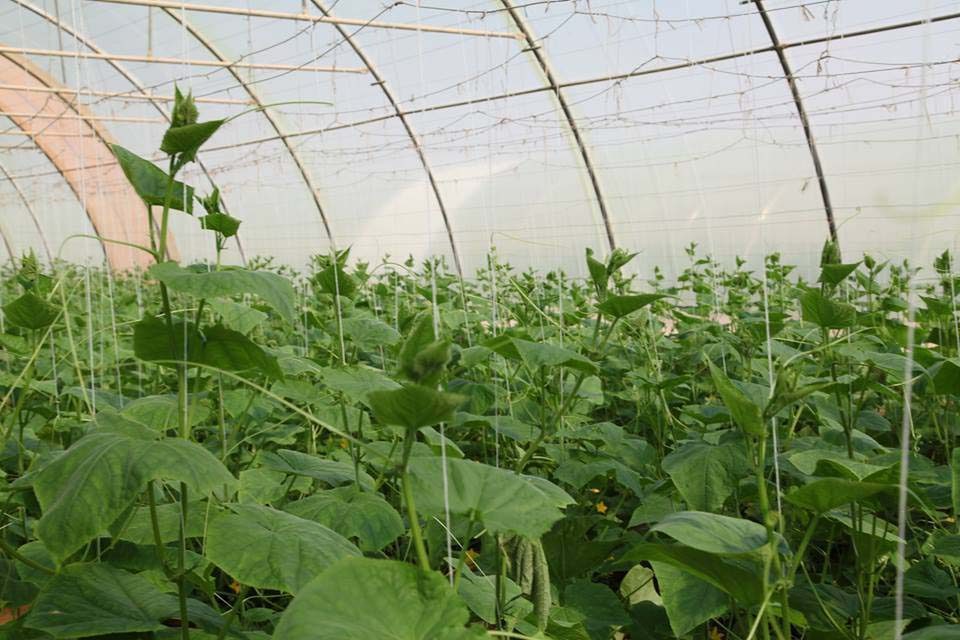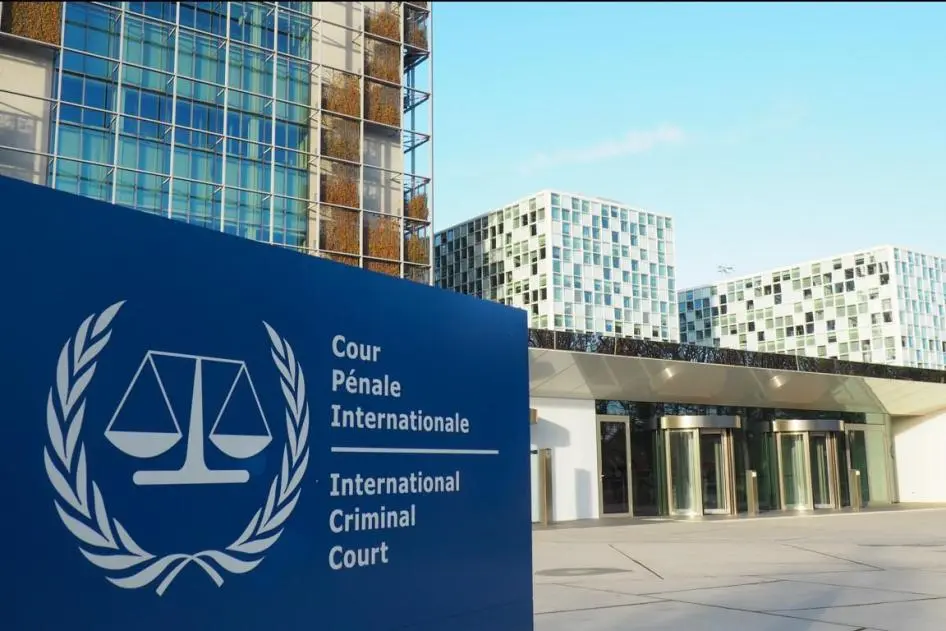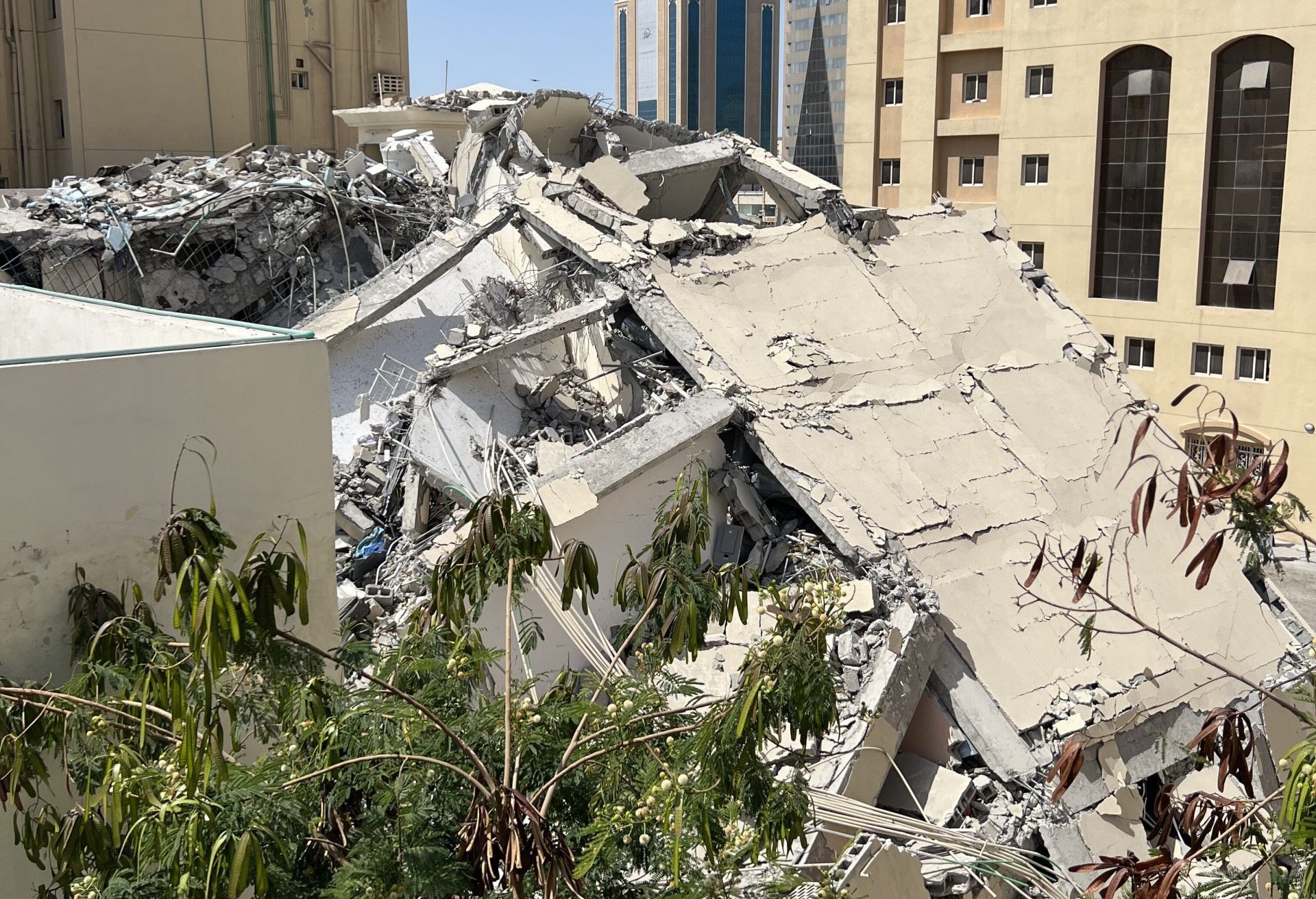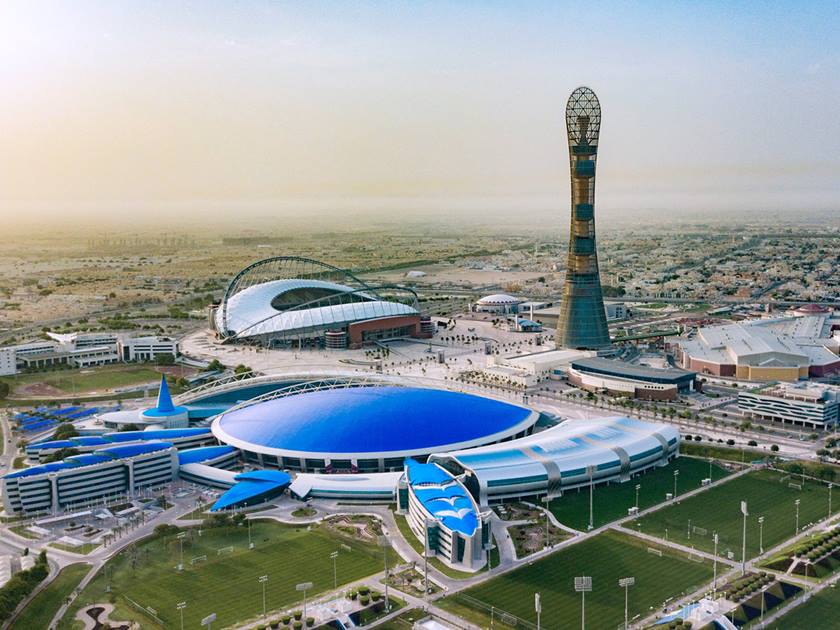
Farmers in Qatar continue to overexploit the desert state’s aquifers, increasing the risk that the country’s groundwater will become unfit for crops or human consumption, a new government report has warned.
Qatar’s growing agricultural sector remains heavily dependent on groundwater and drew some 230 million cubic meters – enough to fill 92,000 Olympic-sized swimming pools – of water in 2013, statistics from the Ministry of Development Planning and Statistics (MDPS) show.
That’s up from 226 million cubic meters in 2005.
The problem, according to the ministry, is that’s nearly five times as much water that enters Qatar’s aquifers each year.
This can lead to the intrusion of salty seawater into freshwater aquifers, raising salinity levels and making the water unusable for drinking or agricultural purposes.
Already, more than two-thirds of wells in Qatar are classified as “moderately saline,” making the water harmful to sensitive crops and causing damage to soil, according to the MDPS.
“Our fresh groundwater reserves are still being overexploited,” Saleh Al-Nabit, the minister of development planning and statistics, in the report. “This makes it difficult to use the groundwater for irrigation and drinking water supply in the future.”

The ministry’s report comes amid an expansion of Qatar’s agricultural sector, as more and more land is cultivated to grow fruits, vegetables and fodder for livestock.
Authorities are increasingly turning to treated wastewater to address scarcity challenges, but it’s still far from sufficient to fill the gap.
More than 35 million cubic meters of treated sewage was injected into the country’s aquifers to artificially replenish Qatar’s groundwater supply.
And more and more treated wastewater is being used for irrigation of crops and landscaped areas.
Treated effluent now makes up 19 percent of the water used by the agricultural sector, up from 13 percent in 2005. The remainder comes for groundwater sources.
Thirsty nation
Qatar’s water production has dramatically increased over the last decade alongside its booming economy and rapidly growing population.
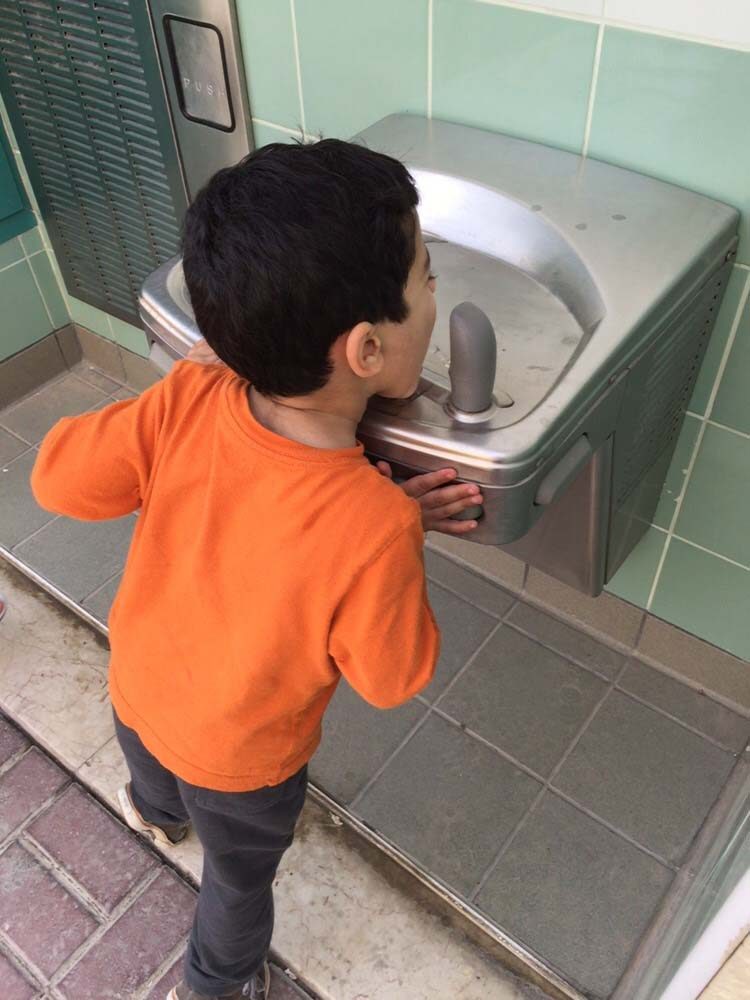
Water use has jumped from 437 million cubic meters in 2006 to nearly 741 million cubic meters in 2013, the report said.
Agriculture and household use each use more than a third of the country’s water production, some 57 percent of which came from Qatar’s desalination plants in 2012.
In recent years, authorities have tried to encourage residents to use less water, both through public education campaigns and threats of fines for wastage.
Last month, public utility Kahramaa proclaimed that these campaigns have been a success, saying per-person water consumption fell by 17 percent between April 2012 and November 2015.
Thoughts?

